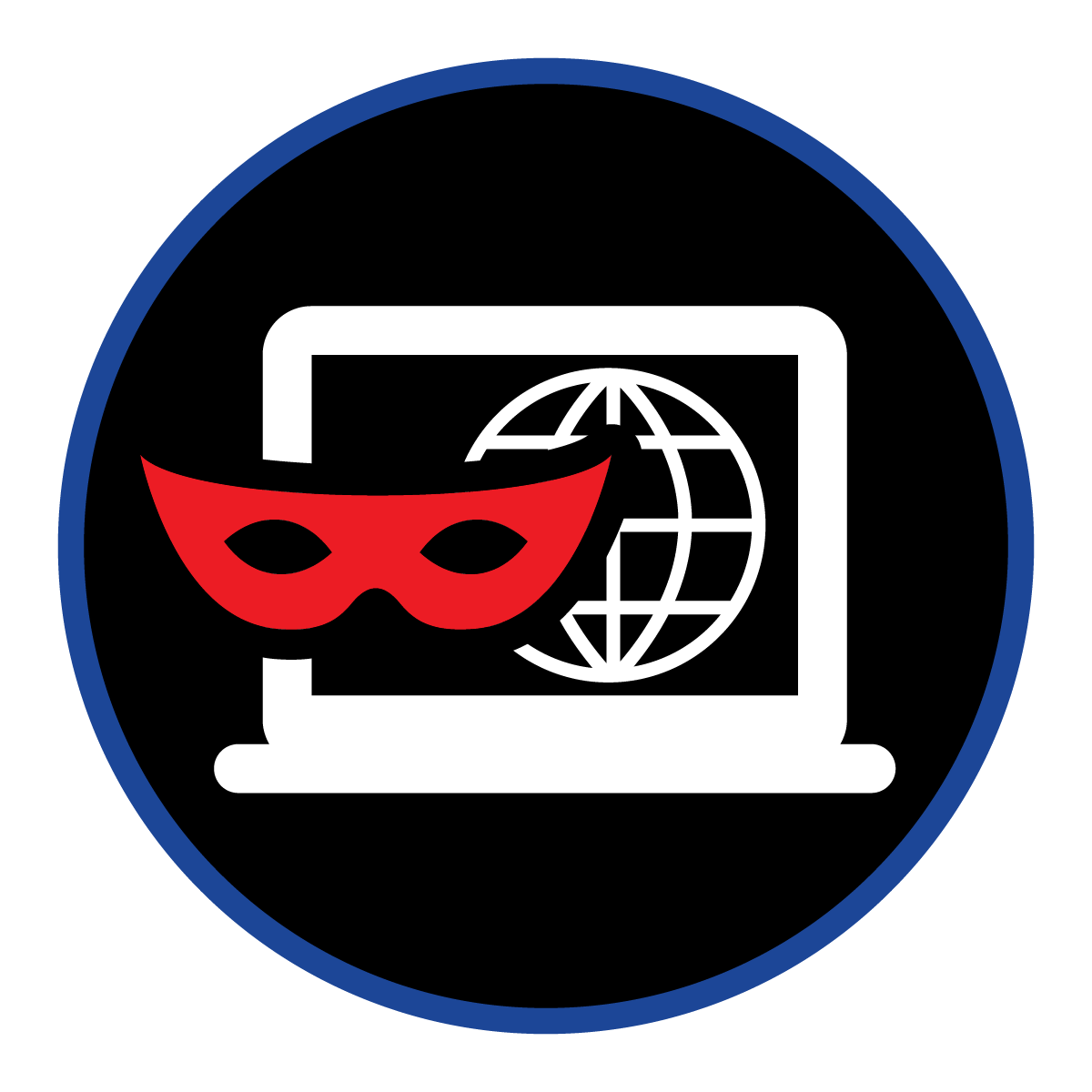
Third-Party Risk Management Frequently Asked Questions (FAQ)
ThreatNG Third-Party Risk Management: A Comprehensive Guide
This FAQ offers a detailed exploration of ThreatNG's Third-Party Risk Management solution. It provides key insights into how ThreatNG empowers organizations to proactively identify, assess, and mitigate potential threats from third-party relationships. Designed for security professionals across various roles, this resource clarifies how ThreatNG facilitates informed decision-making and strengthens an organization's security posture concerning third-party risk.
General Questions
-
ThreatNG provides a comprehensive platform for managing risks associated with third-party relationships, enabling organizations to identify, assess, and mitigate potential threats without requiring any interaction, connection, or contact with the third party. It helps organizations proactively manage these risks to ensure business resilience and protect critical assets through continuous monitoring, in-depth analysis, and actionable insights.
-
Third-party relationships introduce inherent risks that can impact an organization’s security, reputation, and financial stability. ThreatNG helps organizations proactively manage these risks to ensure business resilience and protect critical assets.
-
ThreatNG offers unparalleled visibility into third-party risks, continuous monitoring and alerts, and actionable insights for informed decision-making, all achieved externally without the need for any interaction with the third party.
-
ThreatNG caters to various roles involved in managing third-party risks:
Vendor Risk Managers: They use ThreatNG to continuously monitor third-party security postures, identify potential risks, and prioritize remediation efforts.
Procurement Managers: They use ThreatNG to assess the security posture of potential vendors during the procurement process, ensuring that chosen vendors meet security requirements.
CISOs: They use ThreatNG to gain a comprehensive view of vendor risks and make informed decisions about security controls and risk mitigation strategies.
Security Architects: They use ThreatNG to evaluate the security posture of vendors and identify potential vulnerabilities that could impact the organization’s systems.
Compliance Officers: They use ThreatNG to assess vendor compliance with security standards and regulations.
Legal Counsel: They use ThreatNG to evaluate vendor security postures and ensure contracts include appropriate security clauses and protections.
-
ThreatNG uses advanced scanning and reconnaissance to delve deep into the digital footprints of organizations, their third parties, and extended supply chains. This includes surface-level assets and hidden assets across various attack surfaces.
-
ThreatNG continuously monitors discovered assets and associated risks, delivering alerts on changes, new vulnerabilities, or emerging threats.
-
ThreatNG provides contextual intelligence and actionable insights into the potential impact of identified risks, enabling informed decision-making and prioritized risk mitigation.
-
ThreatNG assesses risks across various dimensions, including cybersecurity vulnerabilities, social engineering susceptibility, brand damage potential, ESG exposure, supply chain risks, and data leakage potential.
-
ThreatNG assesses all aspects of the third party’s digital footprint, including domains, social media presence, cloud services, SaaS applications, code repositories, and dark web mentions.
-
ThreatNG provides actionable insights and prioritizes risks based on severity and potential impact.
-
ThreatNG collects a wide range of data, including surface-level scans, shadow IT information, hidden assets, and vulnerabilities across various digital channels.
-
ThreatNG provides detailed, multi-dimensional risk profiles, prioritized vulnerability assessments, and clear remediation recommendations.
-
ThreatNG continuously scans your designated cloud and SaaS environments, the internet, the dark web, and social media for mentions, leaks, or vulnerabilities related to your cloud and SaaS assets. It also dynamically updates the asset inventory and tracks changes in your security posture.
-
ThreatNG provides alerts on changes, new vulnerabilities, and emerging threats.
-
ThreatNG fosters collaboration through role-based access control, dynamically generated questionnaires, and centralized policy management.
-
These are questionnaires generated based on correlated evidence across various data points, streamlining information gathering and validation.
-
Policy management ensures consistency in risk assessment and mitigation strategies across all third parties.
-
Investigation modules provide deep insights into the organization’s and third parties’ attack surface, empowering proactive threat mitigation.
-
-
ThreatNG provides a superior business context for external digital risks, going beyond vulnerability identification to understand the true business impact of potential threats.
-
-
ThreatNG provides access to dark web data, ESG violation tracking, ransomware event monitoring, compromised credential databases, SEC Form 8-Ks, known vulnerability databases, and BIN repositories.
-
ThreatNG leverages data from bug bounty programs to gain a comprehensive view of third-party security postures, enabling thorough due diligence and informed decision-making about partnerships.
Third Party Risk Management Use Cases
-
ThreatNG can be used for Compliance Adherence, Cybersecurity Risk management, Fourth-Party Supply Chain Monitoring, Fourth-Party Vendor Risk management, Policy Management, and Risk and Performance Management.

















